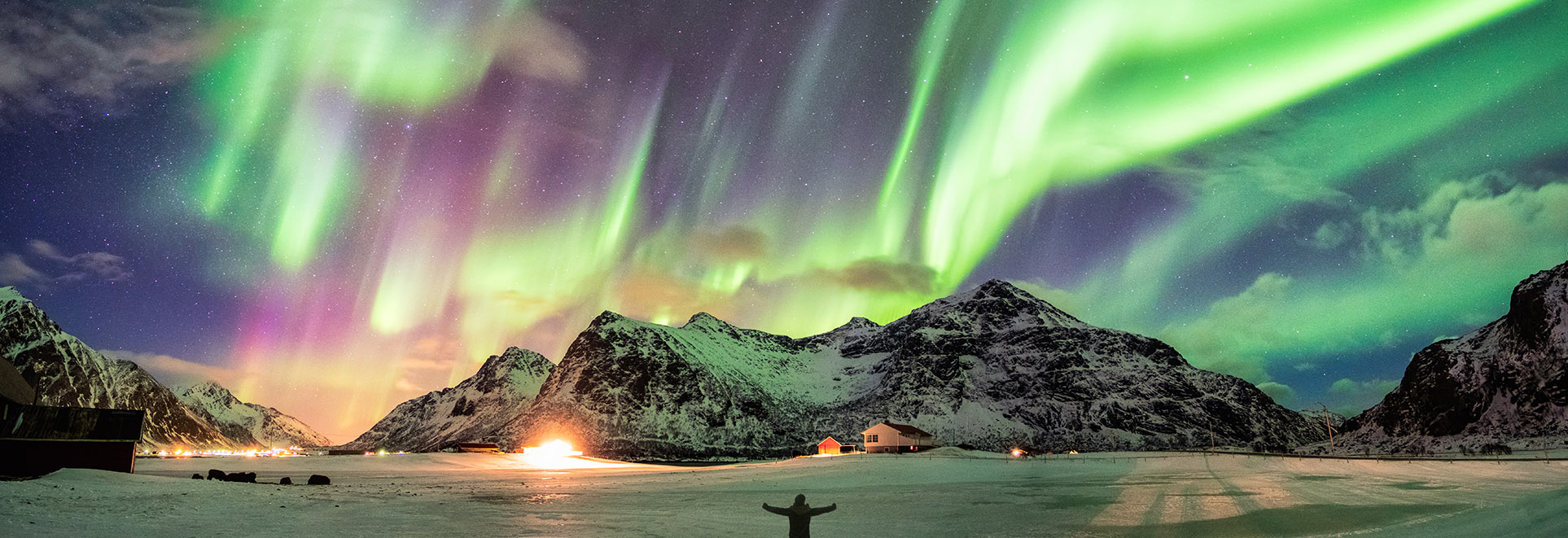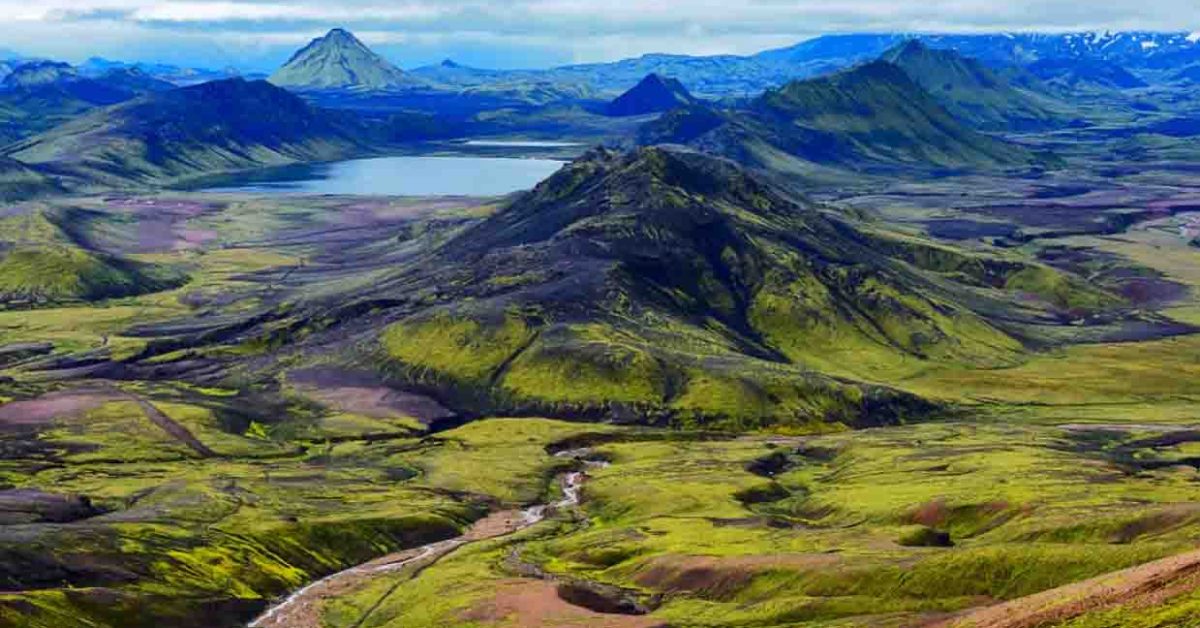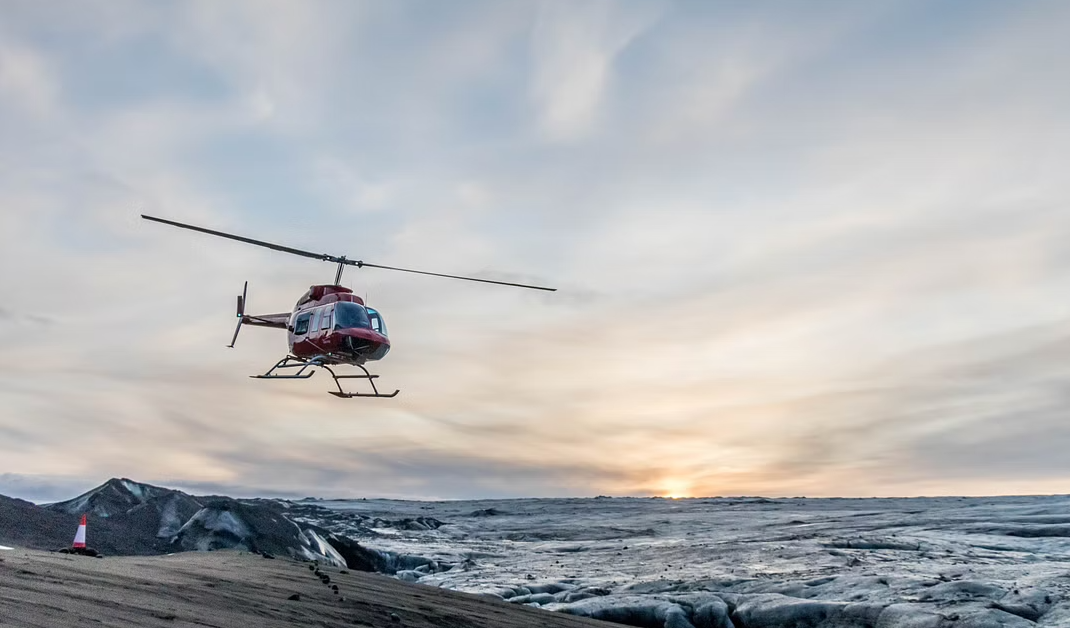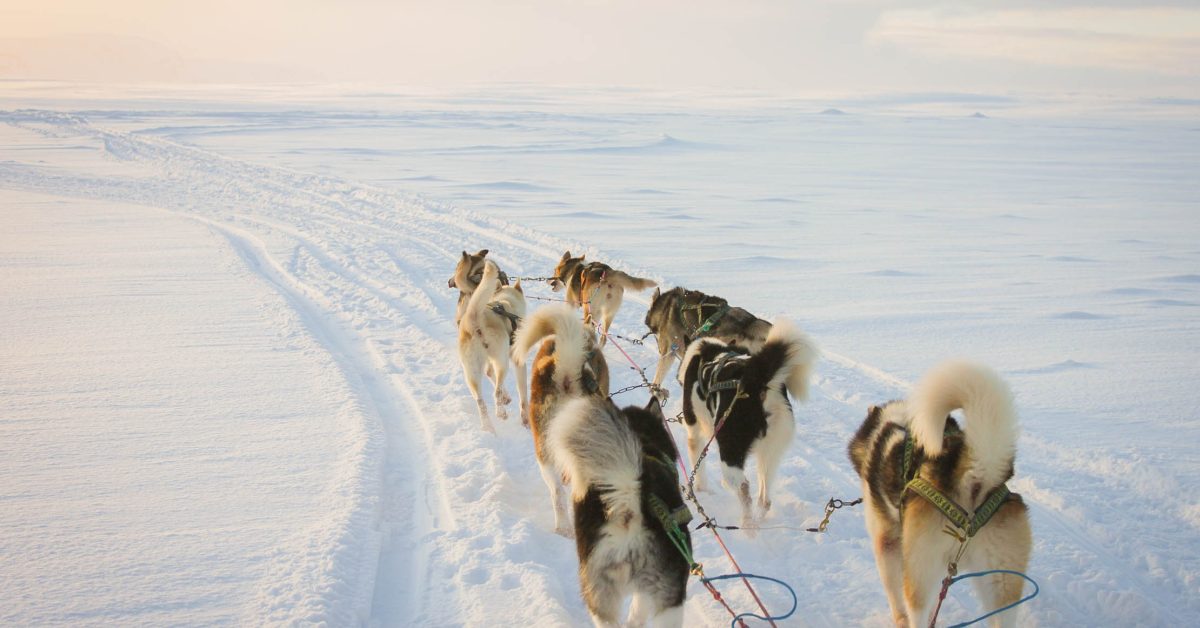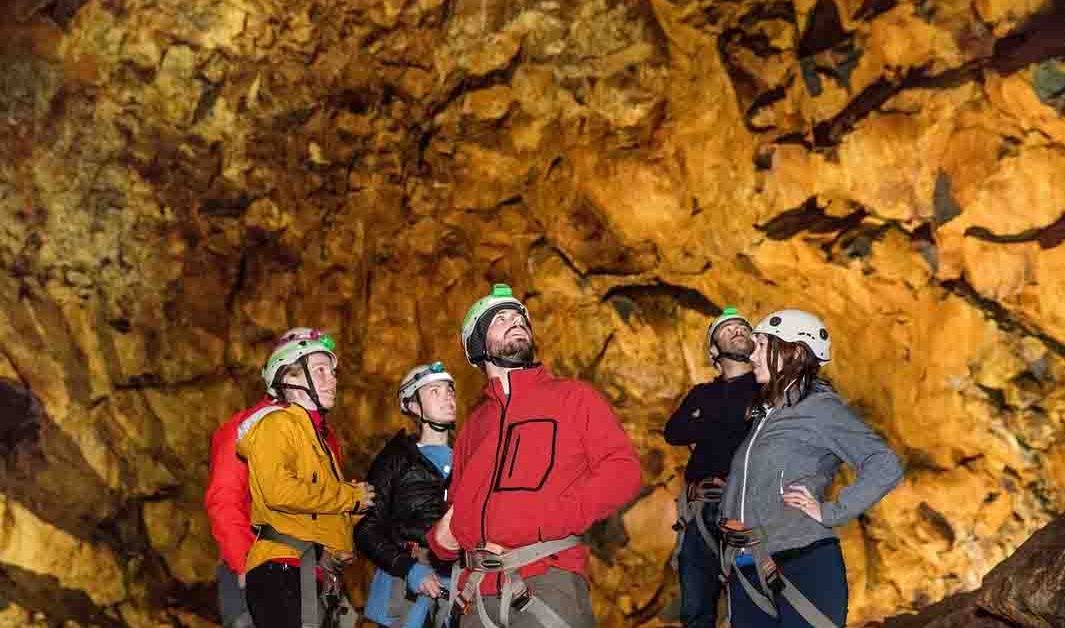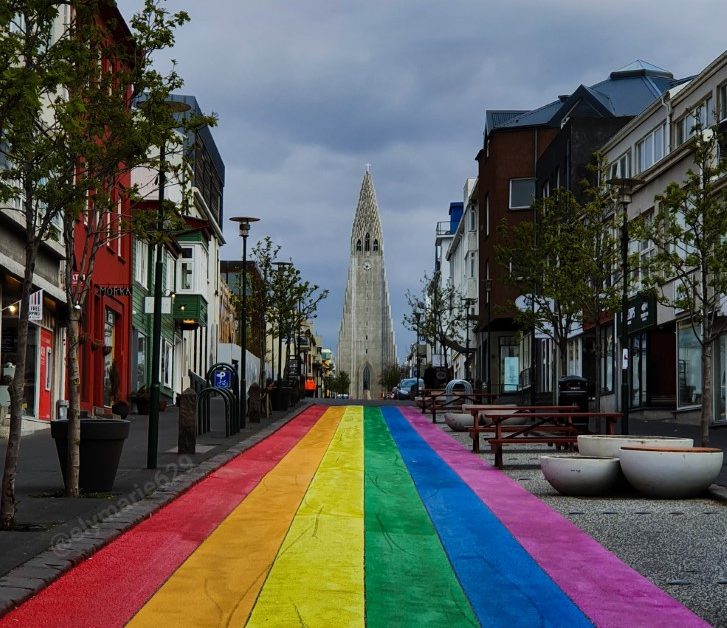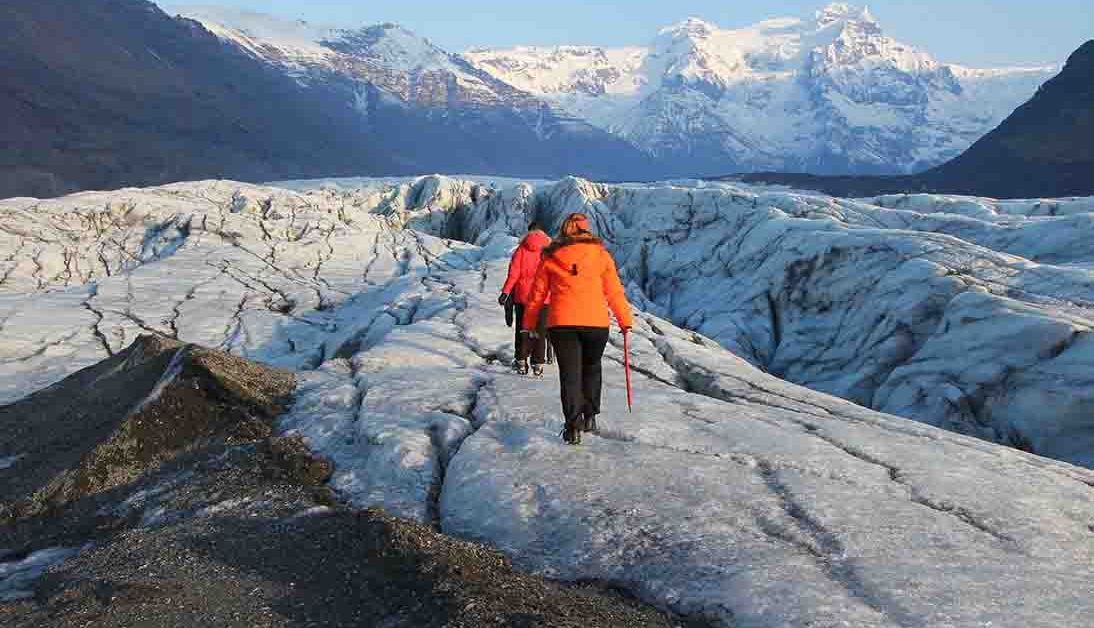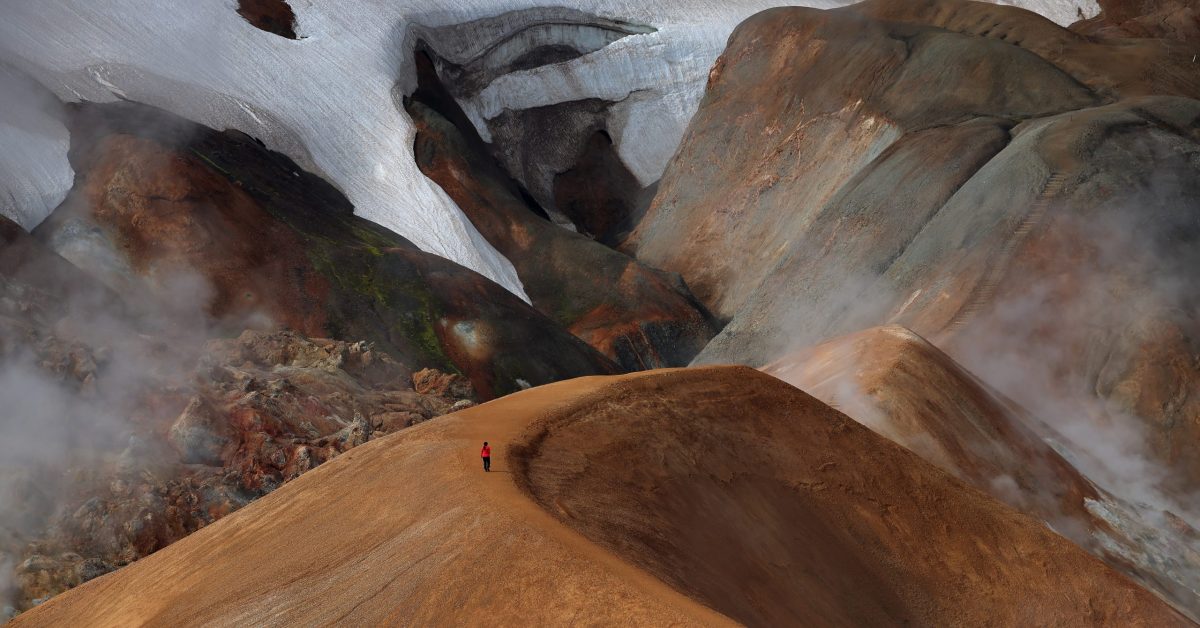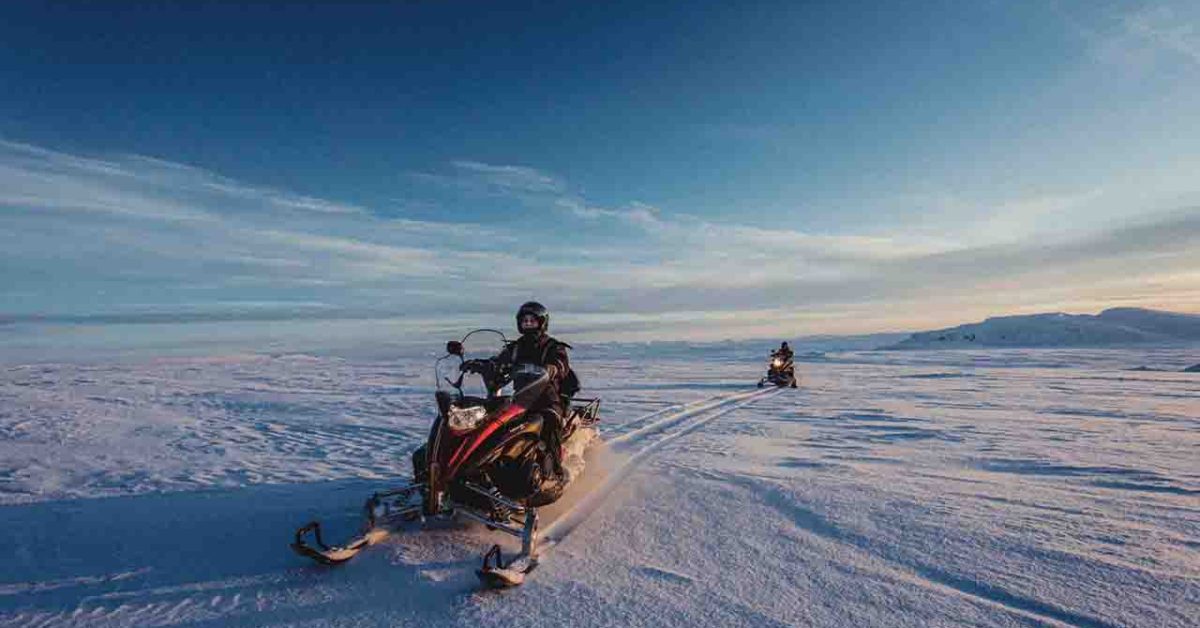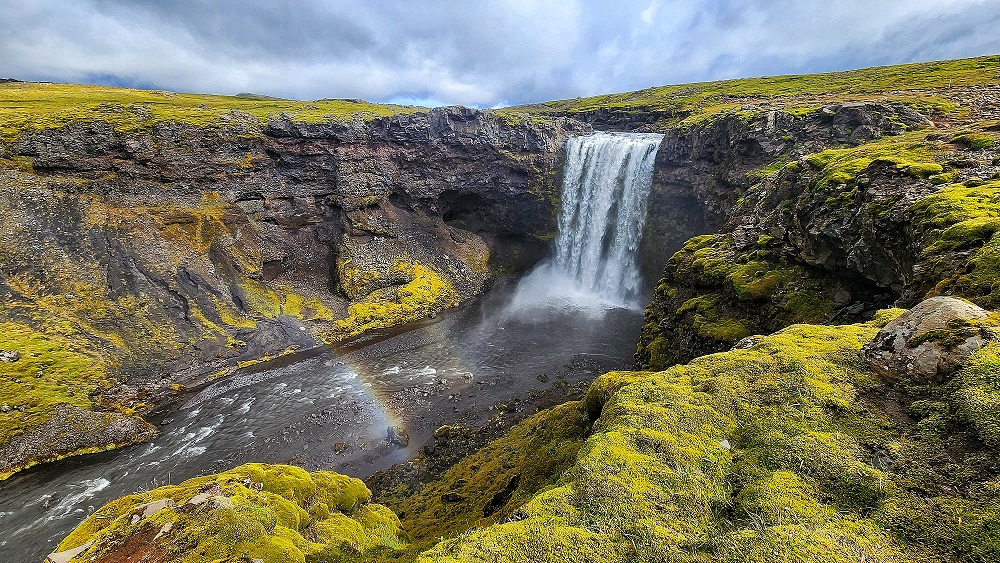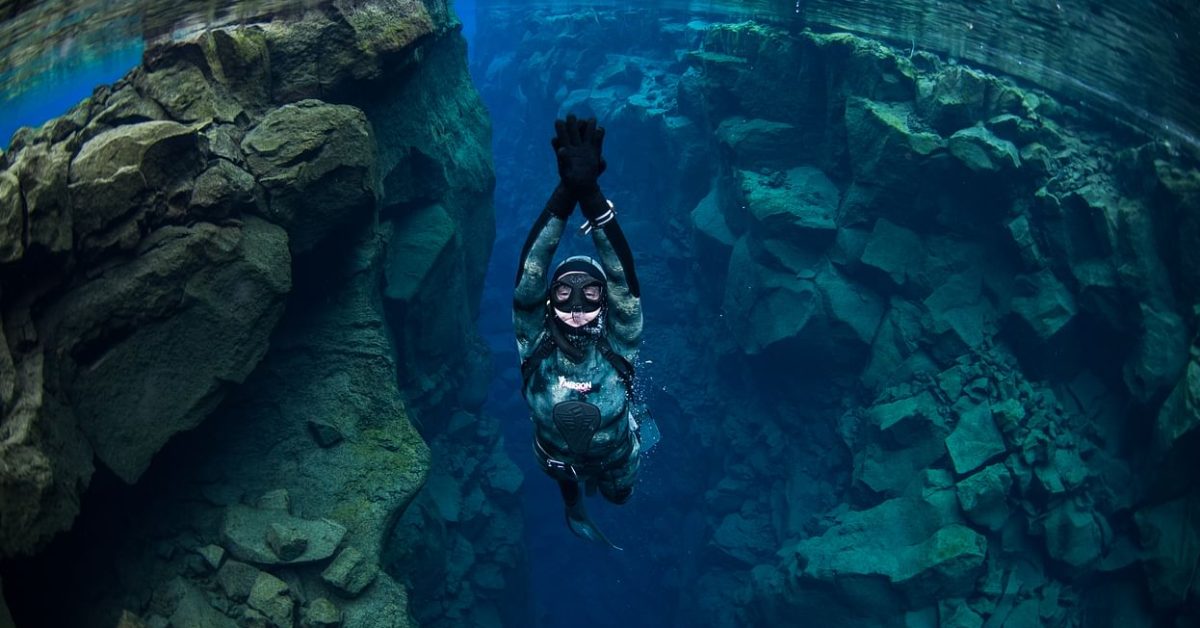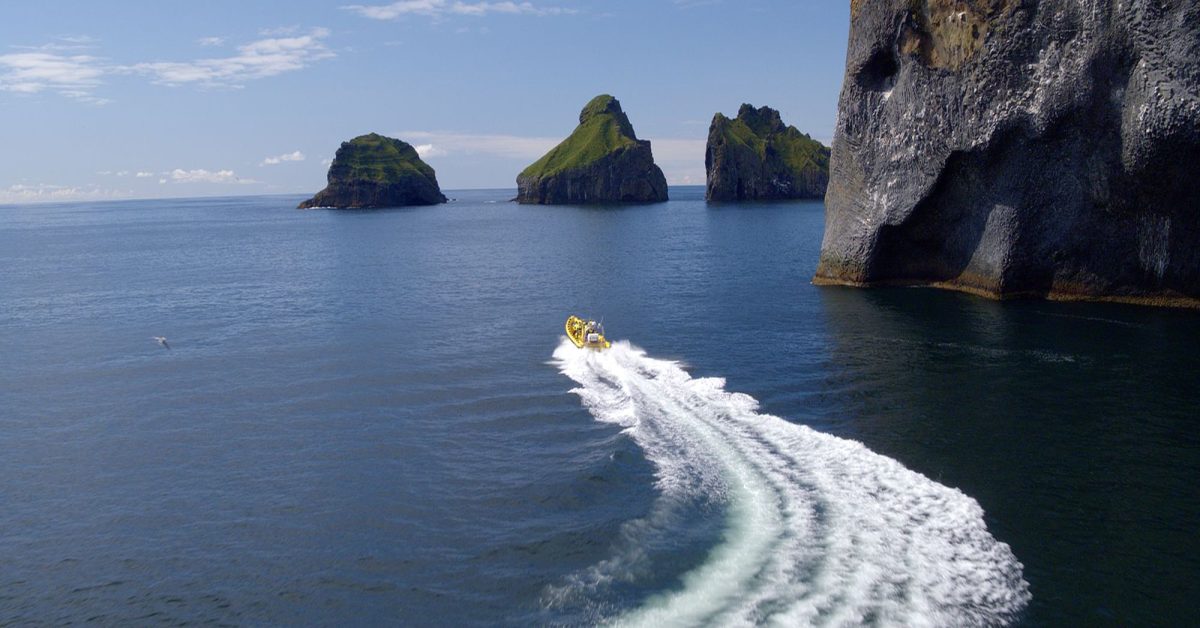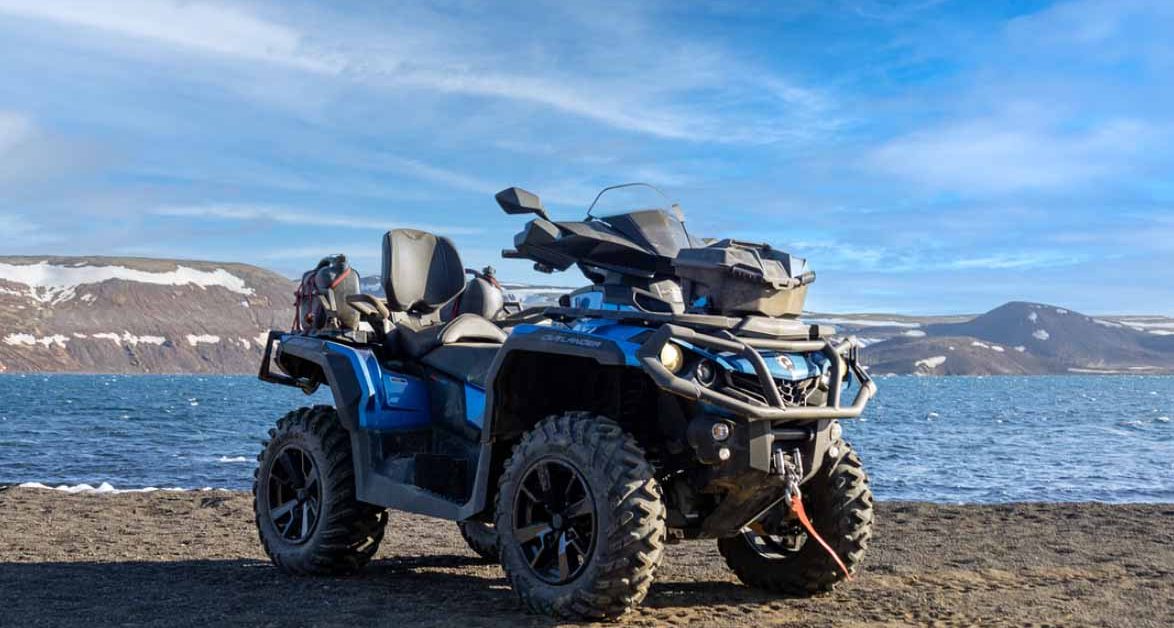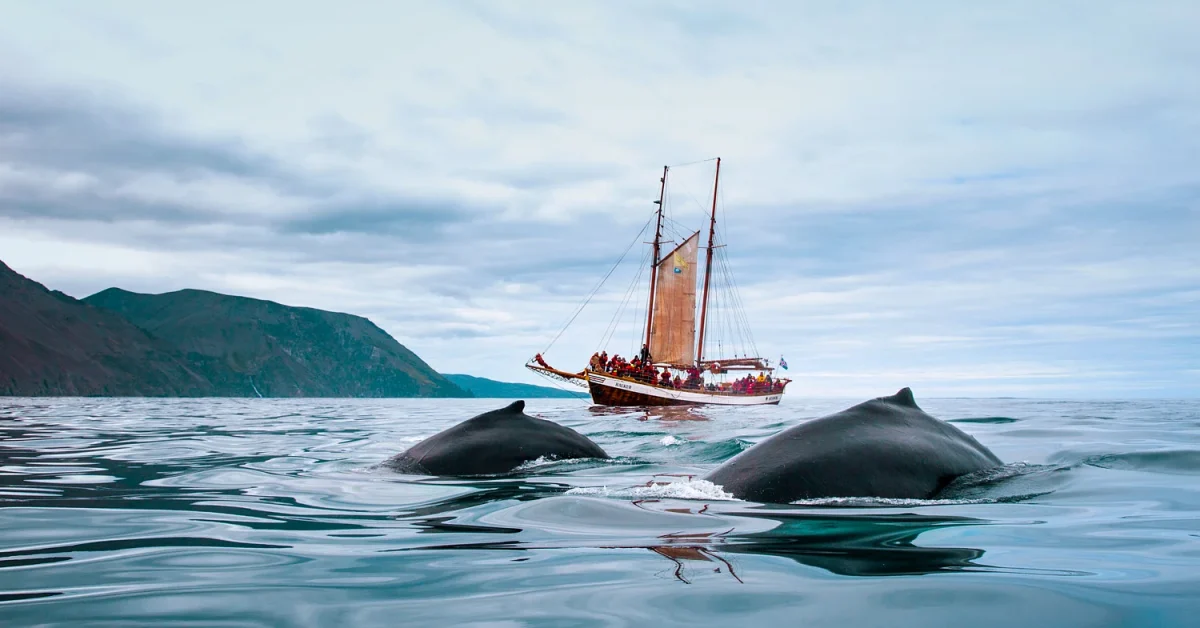Iceland in September. Preparing for the winter season
September is a transition month in Iceland. You can still do some summer activities in the first half of the month if the weather permits, and you can also do some winter activities during the second half of the month if it is cold enough.
It is also the month when people start preparing for the dark and cold period of the winter. They will pick wild blueberries and make jam and juice, and they gather the sheep from the mountains to bring them to the farms they belong to.
There are also many festivals and events you can participate in if you are in Iceland, so keep reading to find out about them.

From a night sky dominated by the midnight sun, in September, we are welcoming back the Northern Lights. The day is almost equal to the night so there is enough darkness to be able to see the northern lights.
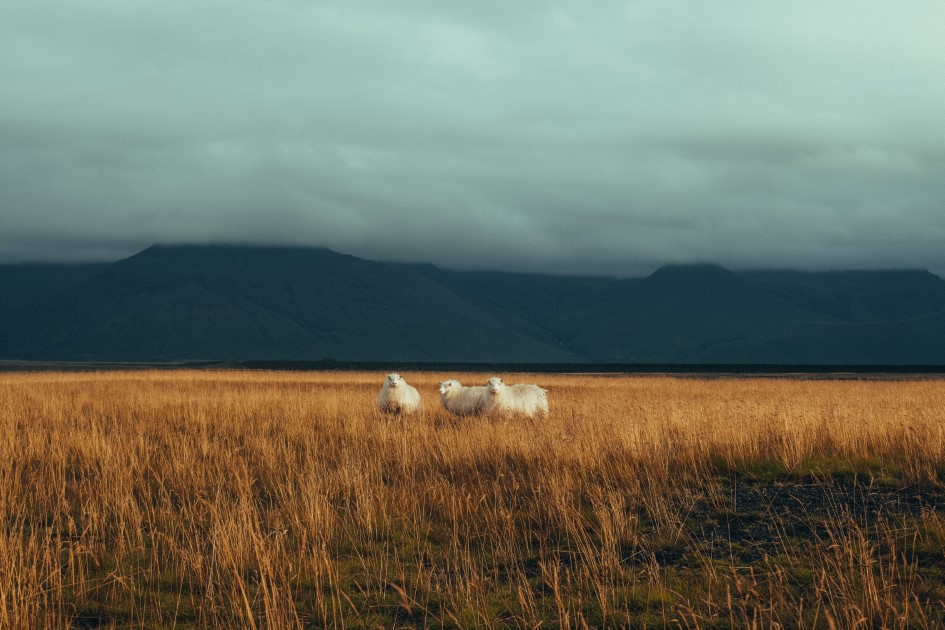
Weather in Iceland in September
In September, Iceland experiences a transition from summer to autumn, bringing about a distinctive and dynamic weather pattern. The days gradually grow shorter, with daylight hours diminishing as the month progresses.
The temperatures in September typically range from excellent to mild, with daytime highs averaging between 8 to 13 degrees Celsius (46 to 55 degrees Fahrenheit). While precipitation is a constant possibility in Iceland, September tends to be a month of moderate rainfall, with occasional bursts of sunshine.
Visitors can witness the breathtaking landscapes adorned with the early signs of autumn as the vibrant hues of green begin to give way to warm tones of gold and red.
The unpredictable weather in Iceland adds an element of excitement, with sudden changes in conditions, including brisk winds and passing rain showers, contributing to the island’s dramatic and ever-changing atmospheric ambience.
Travelers are advised to dress in layers and be prepared for a mix of weather elements when exploring Iceland’s diverse and stunning landscapes in September.

How to dress for Iceland in September?
When planning a September trip to Iceland, the key to comfort lies in versatile dressing. Embrace layers: start with moisture-wicking base clothing, add insulating layers like wool or fleece, then top it off with a waterproof and windproof jacket.
Opt for waterproof trousers and sturdy, waterproof boots for the lower body. Don’t overlook accessories—pack a warm hat, gloves, and a scarf to shield against chilly winds. And don’t forget UV protection with sunglasses and sunscreen for those unexpectedly bright days.
With Iceland’s ever-changing weather, this adaptable wardrobe ensures you’re ready for anything, whether rain, sunshine or a dip in geothermal pools.

There is enough daylight for sightseeing in September, and the weather is not extreme so you can enjoy the beauty of Iceland during your trip.
There are also many exciting activities festivals, and events to join. See below all about this.
Réttir
All September
There are around 800,000 sheep in Iceland, which is almost three times more than Iceland’s population. Growing sheep and horses are the most popular form of agriculture in Iceland, dating back to the settlement times when the settlers brought with them to Iceland sheep to sustain their life here.
Sheep are a source of food and wool, and farmers around Iceland are proud of their products, which are a source of income. Back then, sheep were the most important thing to go through the hard times in Icelandic winter; from food (meat and milk), wool and even bones, everything was part of the “winter survival kit”.
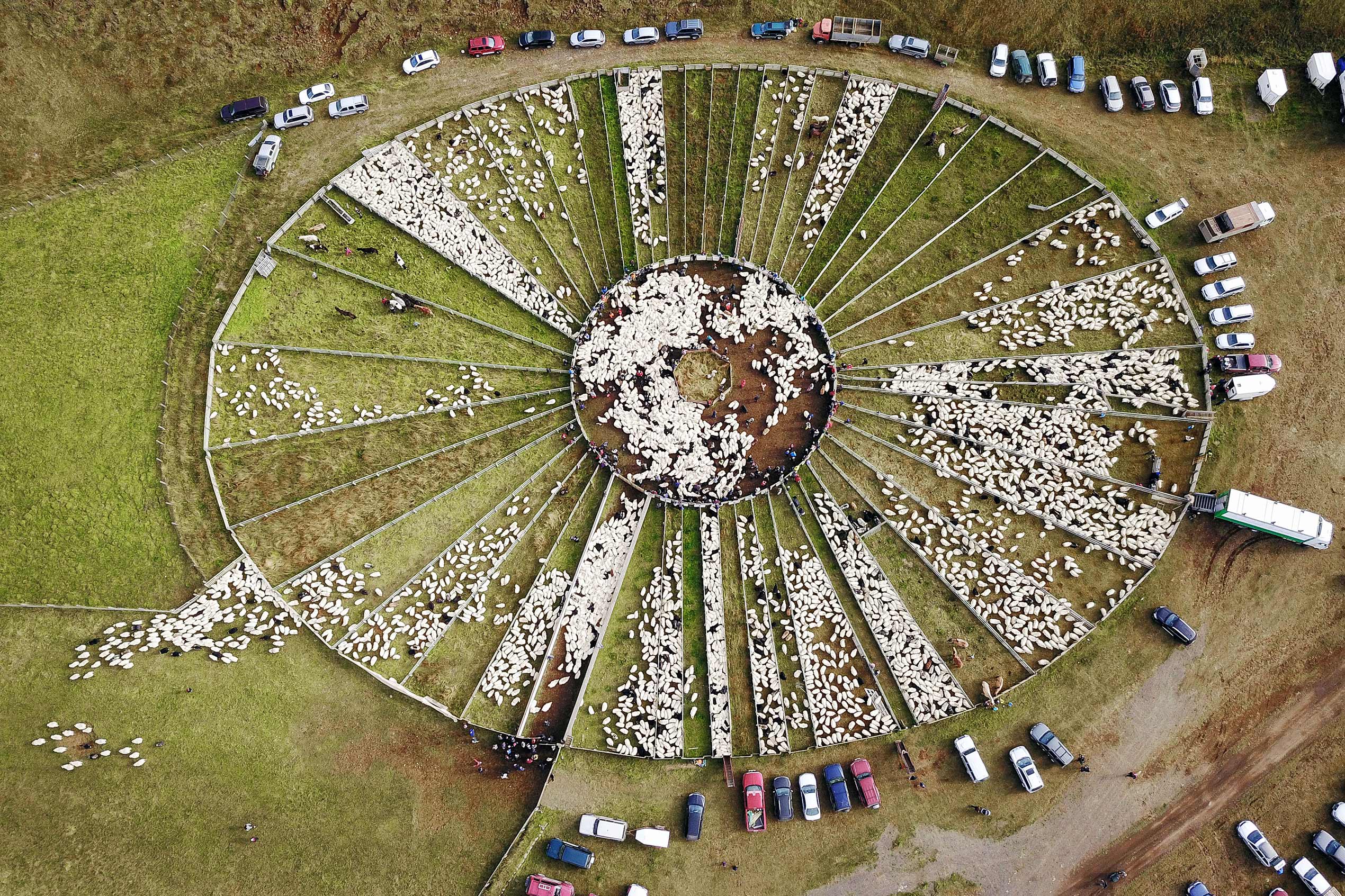
Farmers in Iceland have two significant events during the year: the Lambing season, which usually starts in May, and the Réttir season, which begins in September.
In May, farmers are busy helping the ewes with the little lambs. Having such a harsh climate and relief in Iceland, farmers can not afford to lose any newborn lambs because they will be a source of food and wool that helps the locals make their living later on.
The farmers keep the ewes and the newborn lambs on their farms to keep them away from predators and harsh weather. This helps them to adapt and grow enough until June when the grass turns green, and farmers take the sheep to roam into the mountains for the summer season.
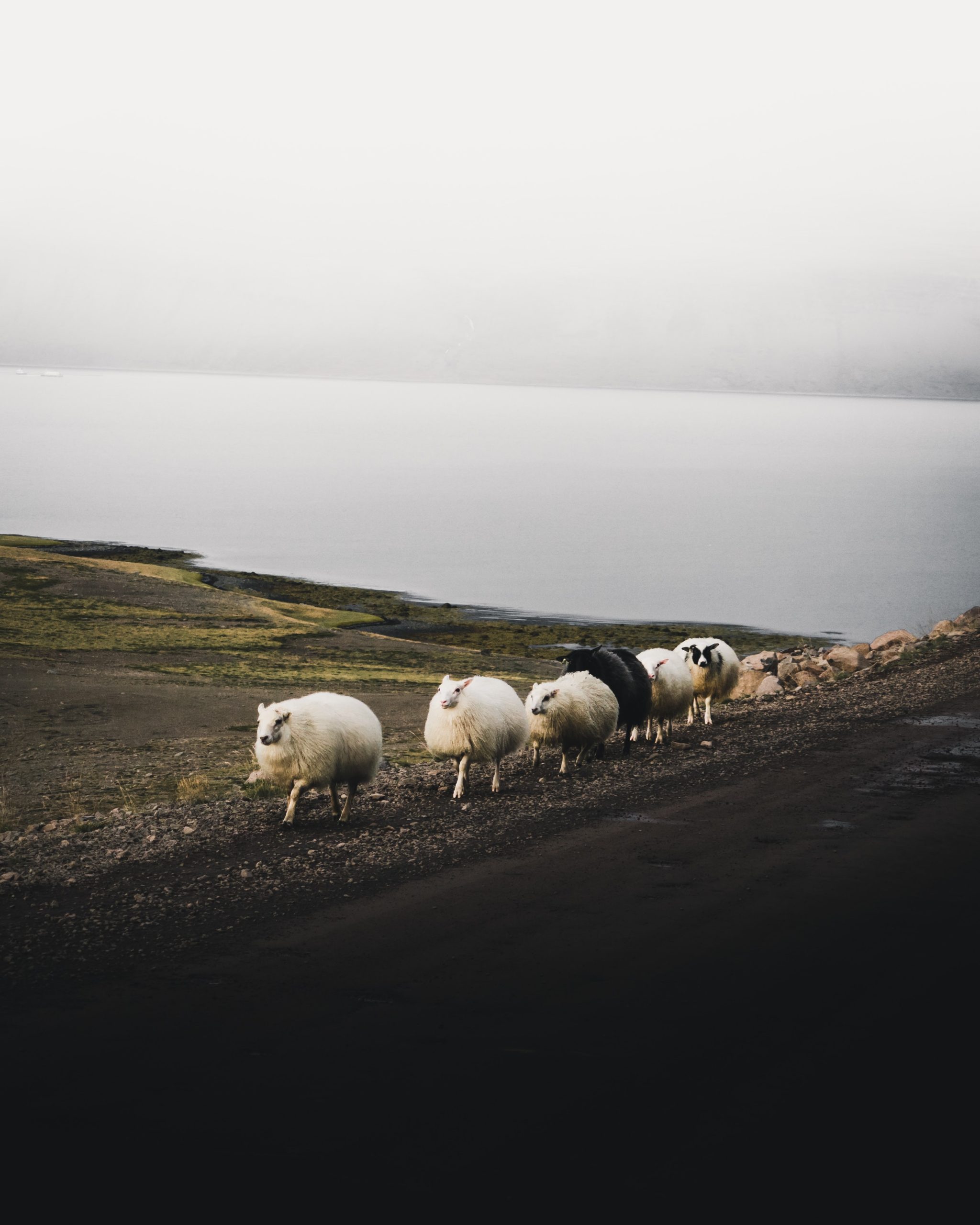
And if you have already gone to Iceland or seen photos from Iceland, you have seen or met sheep roaming near the roads or in the quietest and most isolated areas.
When the summer season is over, the Réttir season starts. This was a significant event when people were preparing for winter. Nowadays, it is more a celebratory and, lately, a touristy event where everyone is having fun while preparing for the winter.
Because the temperatures are getting lower in Northern Iceland, the Réttir season starts at the beginning of September in the North, and then during the month, it happens in the South of Iceland. And because many sheep are roaming the Icelandic mountains, this event lasts for September.
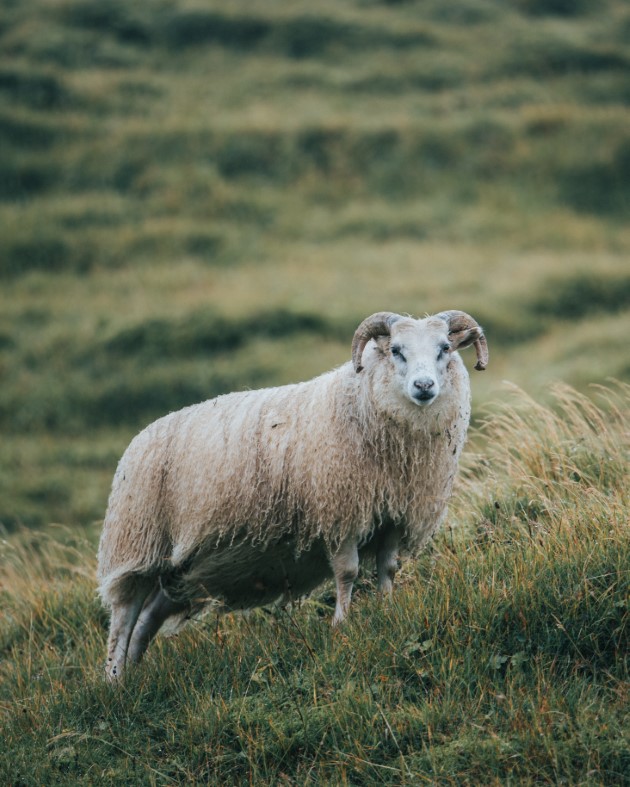
Farmers are gathering the sheep from the mountains on horses or foot, with the critical assistance of some farm dogs. They also use ATVs, but riding on horses is the traditional way.
Also, food supplies for sheep and other farm animals for the upcoming winter season are taken to the farms with tractors and trucks.
The name Réttir comes from the pens where sheep are being gathered, and every farmer takes his sheep to his farm. They select the sheep according to the marks and tags on their ears.
The pens or rétt used to be made of stone or turf, but nowadays, they are made of metal rails. The rétt looks like a giant wheel with spokes radiating out, and the farmers gather their sheep there and then take them to the farm they belong to.
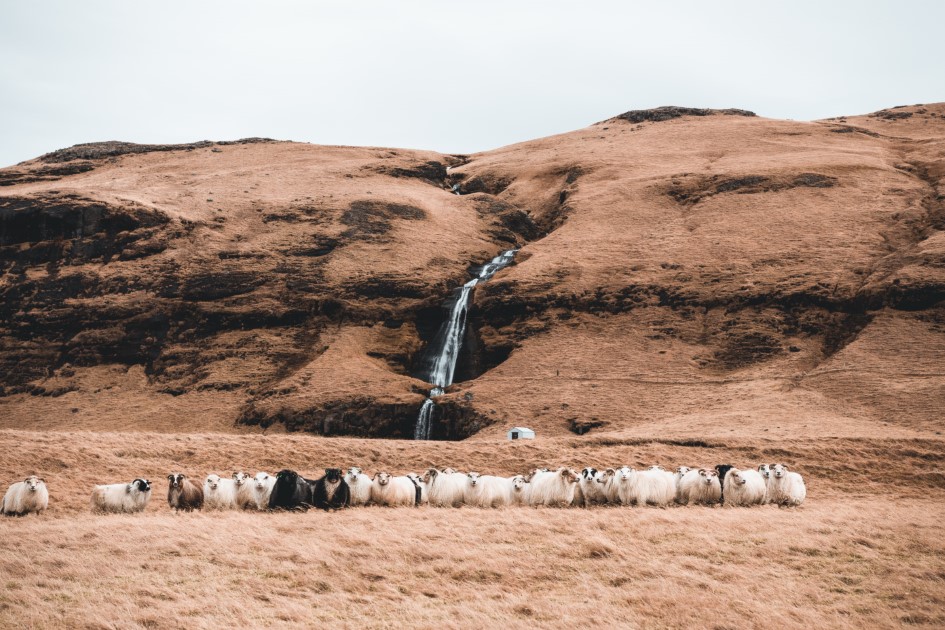
After a day of hard work, everyone celebrates with drinks, cake, coffee, kleinur doughnuts and songs—a well-deserved reward after all the hard work.
If you are coming to Iceland in September, check out where you can participate in this local event to feel Iceland differently and meet the locals.
As I mentioned, there are some summer activities that you can still do in the first half of the month and some winter activities you can do for the second half of the month. Have a look and choose what is suitable for your needs.
Snorkelling at Silfra should be on your bucketlist. Described as one of the top dive sites globally by National Geographic, Silfra is located in the historically rich Thingvellir National Park – part of the famous Golden Circle route. Snorkelling in Silfra is a once-in-a-lifetime transcontinental experience.
The guides will show you what National Geographic has described as one of the top dive sites in the world. As you glide between tectonic plates floating on pure, filtered glacial meltwater, you’ll find out for yourself and tick off your bucket list for the ultimate tour of breathtaking underwater views only available in Iceland in the world’s most transparent waters.
You can still sail among the icebergs in the glacier lagoons. The most famous glacier lagoon of Vatnajökull is Jökulsárlón Glacier Lagoon, full of icebergs broken from Breiðamerkurjökull tongue.
All the icebergs from this lagoon are taken by the ocean currents and brought back to land at Diamond Beach, right next to the lagoon.
Jökulsárlón Glacier Lagoon is one of the most visited places in Iceland and for an excellent reason. Also called the Crown Jewel of Iceland, Jökulsárlón Glacier Lagoon will impress you with its beauty and unicity. The landscape is fantastic.
The glacier lagoon is not frozen, so boat trips on the lagoon are almost daily. There are two options for boat tours on the Jökulsárlón Glacier Lagoon.
You probably have seen photos of the “Elephant Rock” and pictures of an island with only a building. Those are some of the most famous images from Iceland that you will see online, but where were they taken? Westman Islands!
Located in the South of Iceland, Vestmannaeyjar is an archipelago with 15 islands and 30 rock stacks. It is one of the most exciting places in Iceland as it has a rich and not-so-happy history but rich geology.
Also, Westman Islands have rich wildlife that includes many species of birds and the largest population of puffins, the first beluga whale sanctuary in the world, and many other species of whales on the ocean waters near the islands.
You can experience all those natural wonders from a boat tour around the Westman Islands. We recommend three boat tours on the Westman Islands operated by our friends from RIB Safari.

The South Coast of Iceland is a geological masterpiece of past volcanic activity. South Coast has some of the most beautiful black sand beaches and an impressive volcanic and glacial relief.
Exploring the South Coast is such an exciting experience, and it can become unforgettable if you study it on an ATV tour.
Our friends from Arcanum are organising some ATV tours on the South Coast of Iceland, and you have to try one.
The whale season is at its highest peak during summer, but there are still areas where you can see whales.
The best part of travelling to Iceland is that you can do some excellent activities there.
Before going on a tour, you must understand that bad weather conditions can reschedule or cancel the tour. Also, as you watch marine life, you have to realise that everything happens in the whales’ natural environment, and you will not be guaranteed to see many whales. Sometimes, it sees no whales, but those cases are rare.
Geothermal baths and hot springs
There is no right time for a geothermal bath. And it is a must-do in Iceland. Check our blog to see the best places to relax like a true Viking and where you can find natural hot springs in Westfjords.
Also, book your ticket now if you plan to come to Iceland in August.
Depending on the temperatures outside, there might be changes in the operation of the Katla Ice Cave tour.
Some ice caves are available for exploration all year.
One ice cave is the Katla ice cave in South Iceland. It is located in the Kötlujökull glacier, part of the Mýrdalsjökull glacier.
And the other one is the ice cave at Langjökull Glacier. The ice cave at Langjökull is artificial, so there has been an entire process of carving into the glacier and forming the tunnel. Local authorities opened the ice cave to the public in 2015, and the tunnel inside the glacier is 550m long and goes 30 meters into the glacier.
These are excellent options if you want to explore some ice caves.
P.S. The Blue Ice Cave tours will be available to book in October.
Hunting the Northern Lights (Aurora Borealis)
The season of hunting the northern lights has just started, and the weather is still warmer than in winter. There is a high possibility of having more days with clear skies in September than in the winter months, so if you are in Iceland, do not sleep; go outside and look at the sky; you might have a surprise.
You can also go on a guided tour to hunt the northern lights.
Pssst, the Northern Lights has witnessed many engagements and, at the same time, has offered the best views for such a special moment.
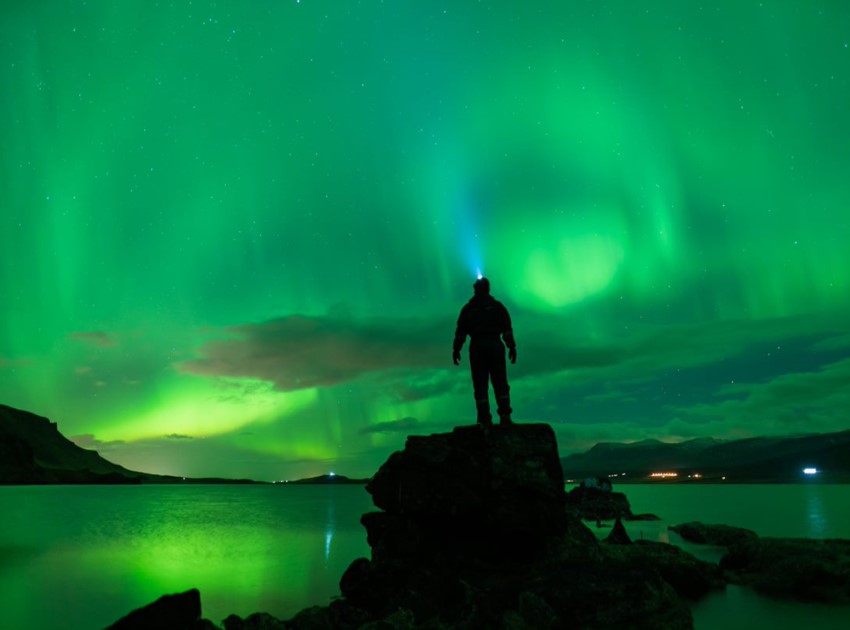
September is an excellent month to visit Iceland; the weather is still pleasant, the prices are not as high as during the summer, and you can enjoy many exciting activities.
If you are coming to Iceland in September, share your adventures with us.







